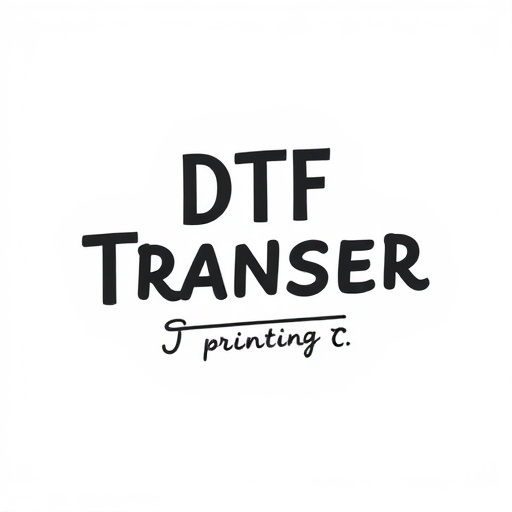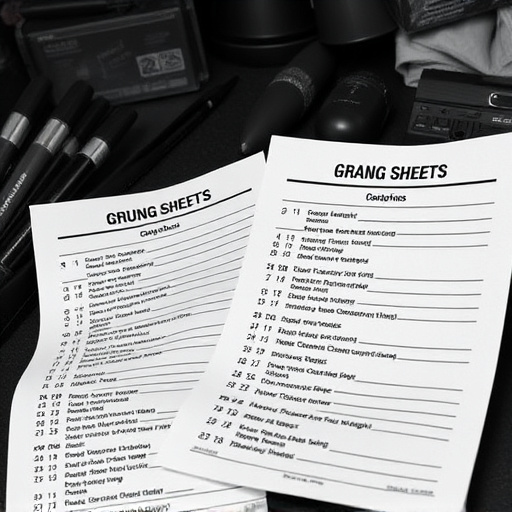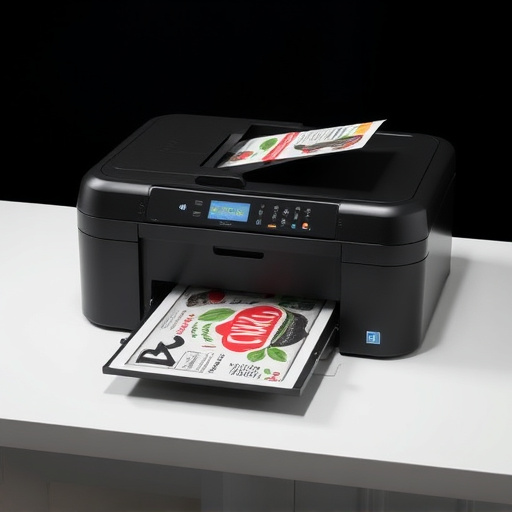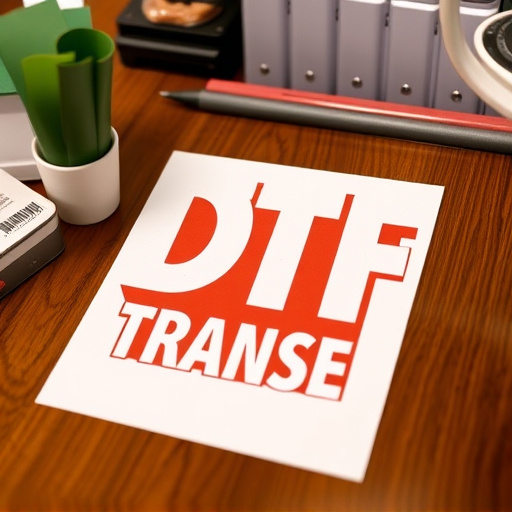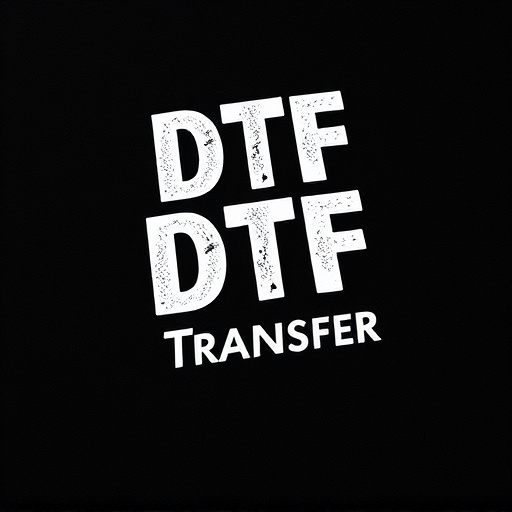DTF (Direct-to-Fabric) T-shirt printing is a cutting-edge method revolutionizing the apparel industry by producing intricate, vibrant designs directly on fabric with fast turnaround times and exceptional accuracy. Unlike traditional methods, DTF eliminates the need for screens or plates and offers versatility in accommodating complex design requirements. It's a popular choice for small businesses and custom orders due to its speed, efficiency, and ability to print on diverse fabrics and colors. Optimal file preparation is crucial to unlocking DTF printing's full potential.
In today’s competitive market, efficient DTF t-shirt printing is a game-changer. Discover how to master this direct-to-fabric technology with our comprehensive guide. We explore the ins and outs of DTF printing, from its unique advantages over traditional methods to potential challenges. This article breaks down strategic steps to enhance productivity, including equipment investments, design optimization, and streamlined processes. Additionally, learn post-printing techniques for durability and quality assurance, ensuring your DTF t-shirt prints stand the test of time.
- Understanding DTF T-Shirt Printing and Its Potential
- – What is Direct to Fabric (DTF) printing?
- – Advantages of DTF over traditional methods
Understanding DTF T-Shirt Printing and Its Potential
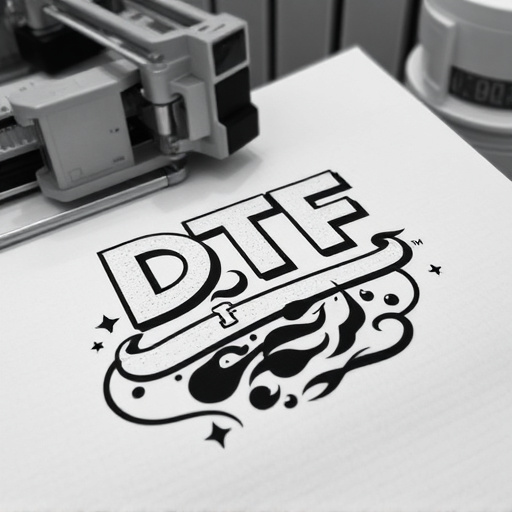
DTF (Direct-to-Fabric) T-shirt printing is a cutting-edge technique revolutionizing the apparel industry. This modern method allows for intricate and vibrant designs to be seamlessly transferred directly onto t-shirts, offering unmatched level of detail and quality. With DTF transfers ready to press, printers can achieve fast turnaround times while maintaining exceptional accuracy.
The process involves creating a high-resolution dtf file preparation that is then used to apply the design onto the fabric using specialized equipment. Unlike traditional methods, DTF transfer printing eliminates the need for screens or plates, streamlining production and making it an attractive option for small businesses and custom orders. This versatile technique has become increasingly popular due to its ability to produce stunning results, cater to diverse design requirements, and meet the demands of today’s fast-paced fashion landscape.
– What is Direct to Fabric (DTF) printing?
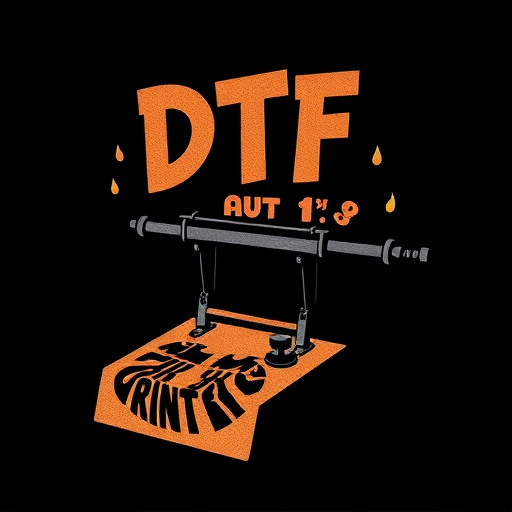
Direct to Fabric (DTF) printing is a cutting-edge method that allows for high-quality, direct application of designs onto fabric, primarily t-shirts. Unlike traditional methods that involve separate steps for screen printing or heat transfers, DTF offers a streamlined process. It enables printers to produce intricate and detailed graphics with vibrant colors directly on the fabric surface. This modern technique has revolutionized custom apparel by providing faster turnaround times and allowing for more complex design possibilities.
The key to successful DTF T-shirt printing lies in proper file preparation. Designers need to optimize their artwork for the method, ensuring the right balance of resolution, color profiles, and image quality. Converting designs into suitable formats, such as vector graphics or high-resolution raster images, is essential. Additionally, using compatible software tools ensures that the final DTF file is optimized for printing on various fabric types, delivering superior results and enhancing overall efficiency in the printing process.
– Advantages of DTF over traditional methods

Direct to Garment (DTF) printing has revolutionized the T-shirt customization industry, offering several advantages over traditional methods. One of its key strengths lies in the speed and efficiency it provides. With DTF, designs are directly printed onto a special transfer paper, which is then applied to the fabric using heat and pressure. This process significantly reduces production time compared to screen printing or other conventional techniques, making it an ideal choice for businesses aiming to offer fast turnaround times and meet customer demands promptly, ensuring dtf fast delivery.
Additionally, DTF allows for exceptional level of detail and vibrancy in prints, especially when using high-quality inks. This precision enables the creation of intricate, custom designs, including photographic images and fine line artwork, which can be challenging to achieve with traditional methods. Furthermore, the ability to print on a wide range of fabrics and colors opens up endless possibilities for custom dtf transfers, catering to various customer preferences and ensuring every design is unique. Proper dtf file preparation is crucial to achieving optimal results, allowing designers to maximize the potential of this modern printing technique.
In conclusion, DTF T-shirt printing offers a revolutionary approach to customization, boasting numerous advantages over conventional methods. By understanding this process and its capabilities, businesses can streamline their production, cater to diverse customer demands, and achieve exceptional print quality. Embracing DTF technology enables efficient, cost-effective, and creative solutions for apparel branding, making it an indispensable tool in the modern printing industry.




